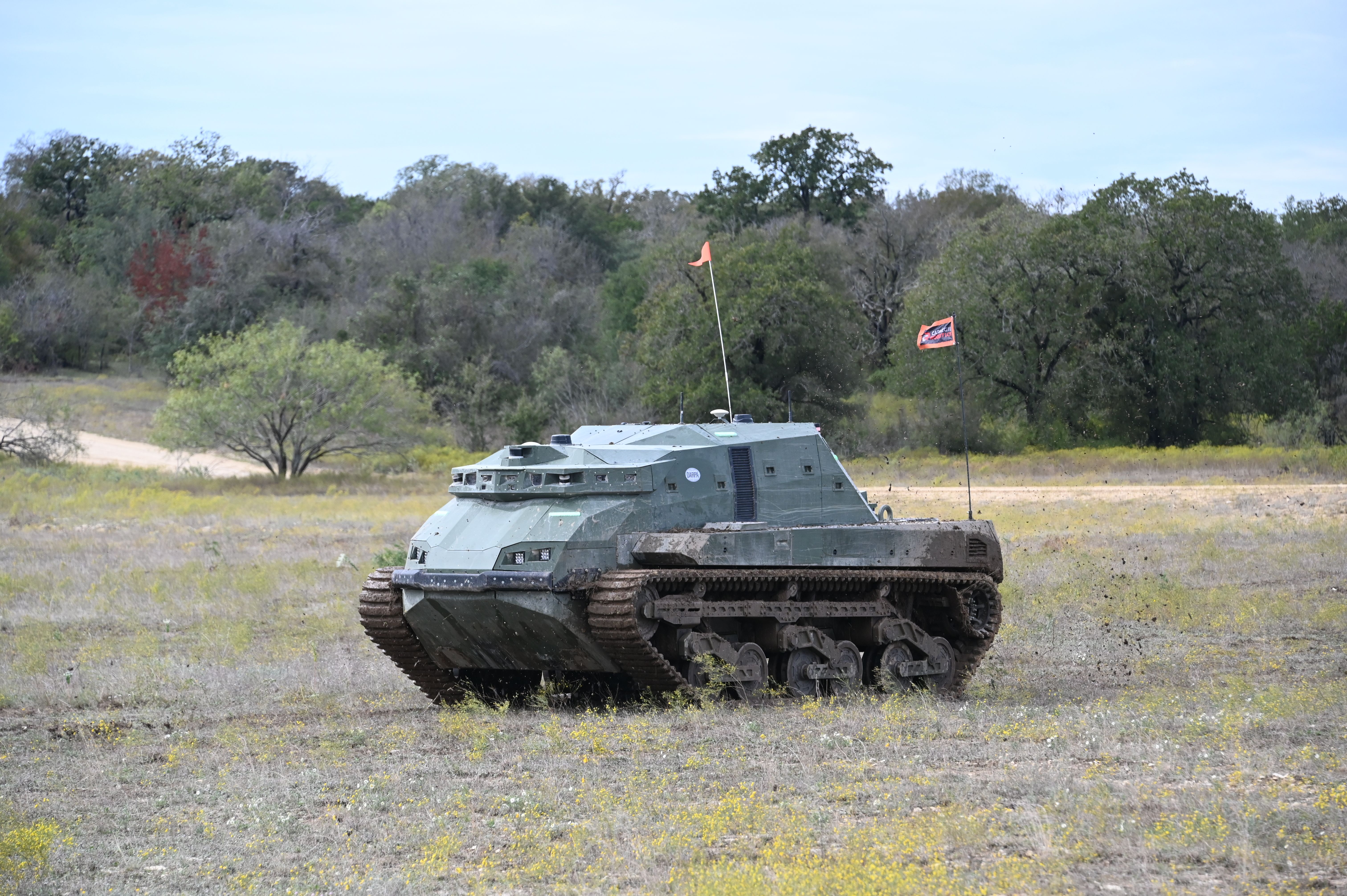One of the great achievements of the UNIVAC 1, the world’s first commercial computer, was its mercury delay-line memory, shown here. As J. Presper Eckert, co-inventor of the UNIVAC, and four other members of the Institute of Radio Engineers wrote in 1949: ”In a delay-line memory, information is stored in the form of groups of electrical or acoustical impulses or signals circulating in an electric delay line or medium suitable for transmission of acoustic waves.”
The authors noted, ”Although considerable research is being done on electrostatic memories the delay-line type of memory is more highly developed at the present time.” Of course, today essentially all memory is electrostatic.
The UNIVAC is just one of dozens of computers and computing devices lovingly brought back to life in the pages of Core Memory: A Visual Survey of Vintage Computers , a stunning coffee-table tome by Mark Richards (photographs) and John Alderman (text), recently published by Chronicle Books, San Francisco. For more photos from the book, see /jul07/coreslides.
